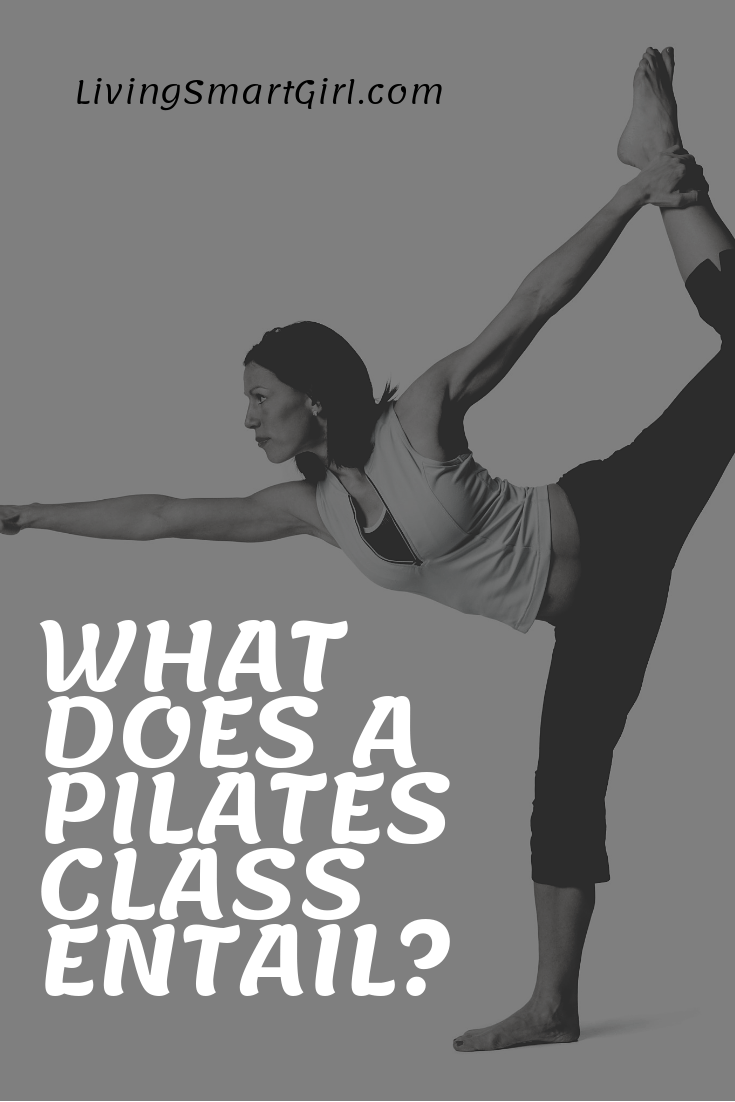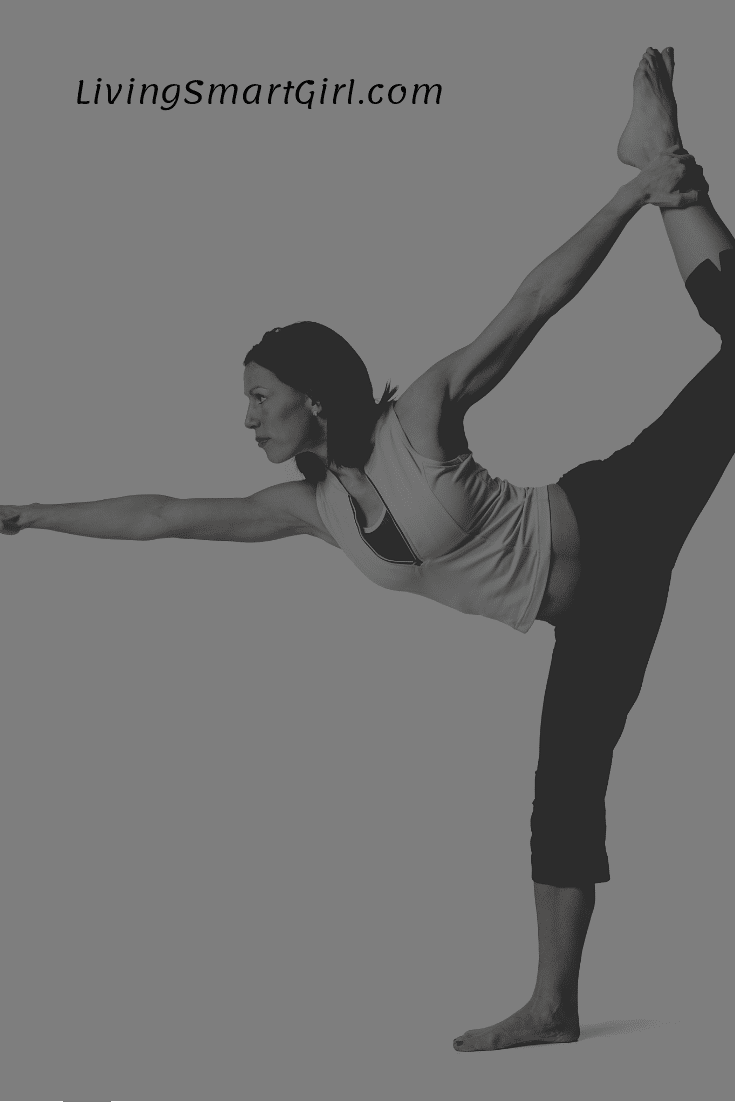
If you decide to go for a mat Pilates class – or one that is done on the Reformer or Cadillac – you can get the same fabulous benefits of this type of exercise.
An investigation in 2016 found that a total of eight weeks of Pilates classes helped to improve the following:
- Endurance of abdominal muscles,
- Flexibility of joints in the body, in addition to
- Balance.
What Should you Bring to a Pilates Class
Pilates studios usually present you with any equipment for the workout. This means that you won’t need to bring much with you to a class. The exception to this statement, however, might be a mat. This is because many people like to exercise on their own.
Just so that you know, Pilates mats are often made a little thicker than a standard yoga mat. This is so that they can provide more cushioning and padding.
This means that you should check with your instructor about what mat he or she recommends that you get. You may also need to bring a water bottle to class. Although you probably won’t be drinking as much water as during an aerobic workout, you’ll still want to have water available in case you need it. Make sure that you’re well hydrated before you start the class.
What to Wear to a Pilates Class
Most Pilates studios are casual. However, the norms for each studio can vary. Keep what you wear simple, at least at first while you see what works best for you:
- Don’t Wear Shoes: Pilates is usually done barefoot. There are socks that you can buy that have rubberized soles that are designed for Pilates. (This is if you don’t want to work barefoot.)
- Choose Form-Fitting Clothes and Not Baggy Ones: Choose workout clothes that are stretchy but not baggy. In this way, your instructor will be able to see the alignment of your bones and how your muscles are being engaging.
Clothing with seams and stitching – which follows the center and sidelines of your body – can also help you evaluate your alignment and symmetry during a Pilates class.
- Keep Your Dignity: Some Pilates moves end with your legs in the air or, alternatively, your torso inverted. This could cause loose clothing to ride up or fall down and be revealing. Choose an outfit that covers you well.
- Avoid Tie-backs T-Shirts and Belts: Tie-back tops can be uncomfortable when you’re lying supine. Ties, belts and drawstrings – as well as tassels – can get caught in the springs of Pilates equipment. As a result, you could get injured.
- Get rid What you Don’t Need : Zips, buckles, clasps and buttons – or other trimmings – can seriously damage the upholstered Pilates equipment. Repairs cost a lot of money and can cause downtime for the studio. So, when you’re choosing your workout wardrobe, don’t choose clothing with these types of accessories.
- Don’t wear jewelry to class: Necklaces which are long – in addition to belts and dangling bracelets – can be distracting and dangerous if they get caught in the Pilates equipment.
- Manage Your Hair: Your hair needs to be out of your face. Tie it back if it’s too long.
- Go for Unscented Body Products: A lot of people are sensitive to perfumes as well as strongly scented deodorants, and lotions. As a result studios often request that clients don’t wearing strong scents.
- Don’t put on any makeup: Unfortunately, makeup can discolor the surfaces of the Pilates equipment. So, if you can, remove all makeup before you go to class.
Whatever your body type or other needs are, it’s now easier than ever to find fashionable as well as functional clothes that can help you to perform your best in the Pilates class and look good doing it.



Leave a Reply